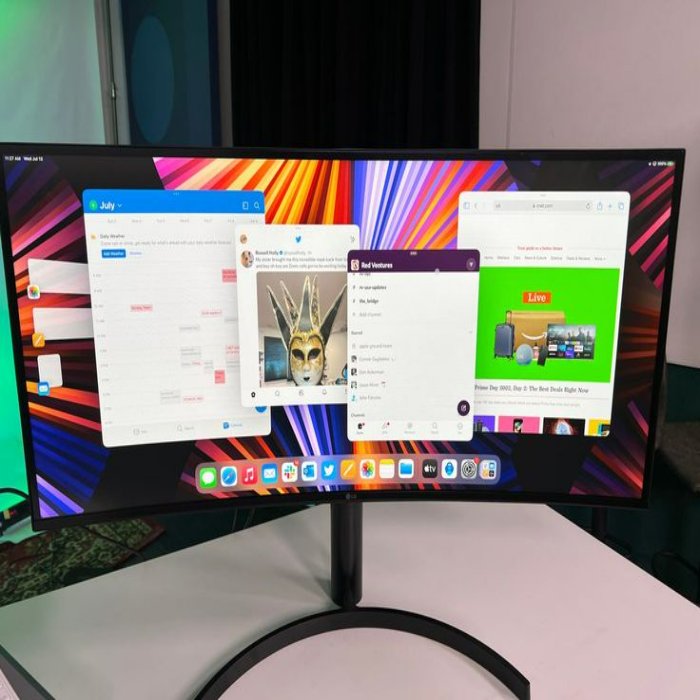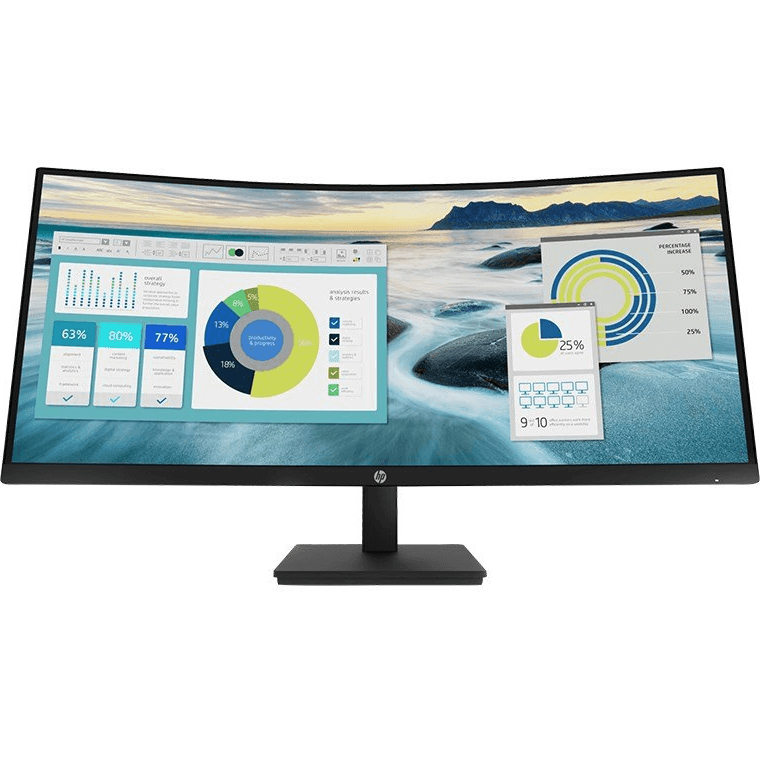In our fast-paced digital world, multitasking has become a buzzword that seems synonymous with efficiency. But what is multitasking in computer on earth? In fact, the concept of multitasking in computers is far more intricate than simply juggling numerous tasks at once. Understanding multitasking is crucial for anyone looking to enhance their computing experience or develop software applications. This article delves deeply into what multitasking in computers means, its types, advantages, challenges, and real-world applications.
Understanding the Fundamentals of Multitasking
At its core, multitasking refers to a computer’s ability to handle multiple tasks simultaneously. The term encompasses a variety of operations performed by a computer’s processor, which can be broadly categorized into various types of multitasking, each serving unique functions. The primary objective of multitasking is to maximize a computer’s efficiency and responsiveness, enabling users to perform multiple functions without significant delays in performance.
Multitasking leverages the computer’s CPU (Central Processing Unit) to rapidly switch between tasks. This works by utilizing a method known as context switching, where the CPU saves the state of a running task and loads the state of another task, appearing as though multiple tasks are being executed simultaneously. This intricate balancing act enables users to experience the seamless functionality of their applications, whether it’s listening to music while browsing the internet or running complex software programs concurrently.

The Two Main Types of Multitasking
To appreciate multitasking’s complexities, it’s essential to recognize that it can be broadly classified into two primary types: cooperative multitasking and preemptive multitasking. Each of these has its own set of characteristics and uses.
Cooperative Multitasking in Computer: User-Controlled Operations
In cooperative multitasking, the operating system allows multiple tasks to run independently, but it relies heavily on the application processes to yield control back to the operating system. Essentially, a running program must be programmed to periodically check for other tasks to execute willingly. This method of multitasking was popular in early operating systems such as Windows 3.x and Mac OS System 6.
While cooperative multitasking can allow simpler implementations, its shortcomings are evident. If a single program becomes unresponsive or “hangs,” it can impede the ability of other applications to run smoothly, leading to a poor user experience. Because of its limitations, cooperative multitasking has largely been phased out in favor of more robust systems.
Preemptive Multitasking in Computer: The Modern Approach
On the other hand, preemptive multitasking empowers the operating system to control task allocation, allowing it to decide when to suspend one task to enable another. This kind of multitasking can handle more demanding applications, as the system can allocate CPU time efficiently and maintain responsiveness even with many active processes. This is the prevailing model in contemporary operating systems, including Windows, macOS, and various Linux distributions.
Preemptive multitasking allows for a more stable environment, significantly reducing the likelihood of one unresponsive program affecting others. It also supports features such as priority levels, where critical tasks can be allocated more CPU cycles than less critical ones, making it an essential architecture for modern computing needs.

The Evolution of Multitasking in Computational History
To fully grasp the significance of multitasking in computers, it helps to explore its historical progression. Early computing systems operated on a single-tasking model, where users could only run one command at a time. This model proved inadequate as users demanded more efficiency and productivity from their machines.
The first stirrings of multitasking emerged in the late 1960s with the introduction of multiprogramming, where multiple jobs could be loaded into memory and executed in turn. This paved the way for the development of more sophisticated operating systems capable of preemptive multitasking. As the technology evolved, multitasking became a standard feature in personal computers, spurring user demand for complex applications that could run simultaneously.
With the advent of powerful CPUs and expansive memory resources, multitasking has enhanced not just personal computing but also enterprise environments. Nowadays, multitasking is indispensable, enabling everything from business applications to gaming experiences that require a seamless flow of operations.
Advantages of Multitasking in Computing
The benefits of multitasking in computers are extensive, impacting both everyday users and professional developers.
Enhanced Productivity
One of the most immediate advantages of multitasking is the boost in productivity. Users can engage in various tasks simultaneously—editing documents, streaming videos, and browsing the web—all without noticeable performance interruptions. In professional settings, multitasking is invaluable, particularly in industries that utilize data analysis software, programming tools, and graphics applications.
Efficient Resource Allocation
Multitasking also promotes better resource allocation. Modern operating systems intelligently manage memory and processing power, ensuring that high-demand applications receive sufficient resources while background tasks consume minimal CPU cycles. This efficient allocation prevents system overload and keeps user experiences fluid and responsive.

Flexibility and Convenience
Another significant advantage is the convenience it provides. Users can switch between applications effortlessly, reducing the time lost in opening and closing programs. Additionally, multitasking empowers users to handle multiple communication channels concurrently—like emails and instant messaging—reducing friction in collaborative tasks.
Challenges and Limitations of Multitasking
While multitasking offers numerous benefits, it also presents certain challenges that cannot be overlooked.
Increased Complexity
One of the most pronounced challenges is the increased complexity of managing multiple tasks. The likelihood of a bottleneck increases as more applications consume shared resources, leading to potential performance degradation. This might manifest as lag or delays, particularly in scenarios where users rely on resource-intensive applications.
Cognitive Load on Users
Multitasking can also impose a cognitive load on users. While a computer may handle various processes seamlessly, managing multiple tasks can overwhelm users, leading to a decline in focus and productivity. Research suggests that frequent task-switching can reduce overall performance and increase the likelihood of errors, creating a counterproductive environment.
Software Bugs and Conflicts
Multitasking in computer can lead to software conflicts that developers must navigate. When multiple applications access shared system resources, unexpected bugs may arise, potentially causing crashes or data loss. Developers need to refine their applications thoroughly to minimize compatibility issues, ensuring a smooth multitasking experience for users.
Real-World Applications of Multitasking in Modern Computing
The implementation of multitasking in computer has transformed how we engage with technology across various dimensions. Here are several real-world applications that showcase the importance of multitasking in computing.
Operating Systems and User Interfaces
Operating systems like Windows and macOS exemplify multitasking in their GUI (Graphical User Interface) design. Users can run multiple applications—from word processors to web browsers—simultaneously, switching between them with ease. Moreover, such systems often provide task management tools that enable users to monitor and prioritize active processes, enhancing user intuitiveness while employing multitasking capabilities.
Cloud Computing and Virtualization
Multitasking is also pivotal in cloud computing and virtualization. Cloud platforms allow multiple users to run applications and access shared resources concurrently, utilizing the power of multitasking to optimize server loads and minimize latency. Virtual machines utilize multitasking capabilities to create isolated environments where applications can run independently, maximizing resource usage and providing flexibility.
Education and Remote Work
In the realm of education and remote work, multitasking has become an essential aspect of success. Virtual classrooms allow students to participate in online discussions, watch presentations, and complete assignments—all while managing their digital resources. Similarly, remote workplaces rely heavily on multitasking capabilities for collaboration tools that enable multiple team members to work on the same project without constraints.
The Future of Multitasking in Computing
As technology continues to progress, the evolution of multitasking is poised for exciting developments. With advancements in artificial intelligence and machine learning, we can anticipate a new wave of intelligent applications that will better manage resources and predict user needs. Integrating AI with multitasking could lead to smarter technology that learns a user’s habits, optimizing performance and enhancing the overall experience.
Moreover, as computing devices become increasingly sophisticated, we can expect to see multitasking capabilities extend beyond traditional machines into mobile devices, IoT (Internet of Things) applications, and smart environments. This will redefine how we interact with our devices, creating a seamless ecosystem where multitasking is not just a feature but an integrated experience.
Conclusion: Embracing the Power of Multitasking
Understanding multitasking in computer is more than just a technical insight; it’s about leveraging technology to improve productivity and efficiency in an increasingly complex digital landscape. As we have explored, multitasking enables us to access a world of possibilities, from enhanced user interfaces to real-world applications that drive innovation.
While challenges exist, the continuous evolution of multitasking technology promises exciting opportunities for improved user experiences. By embracing the principles of multitasking, we can navigate our tasks more effectively, ensuring that we make the most of our computing resources and capabilities. Whether for personal use or in professional settings, the multifaceted benefits of multitasking will undoubtedly shape the future of our computing endeavors.